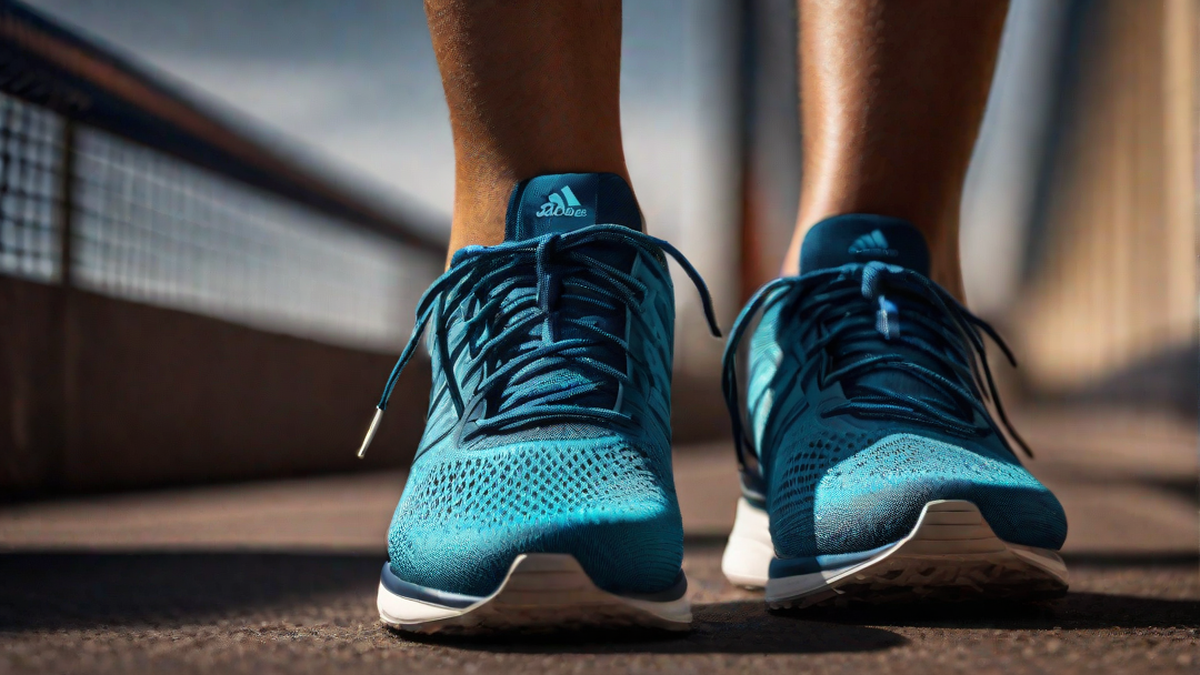When it comes to choosing the right running shoes, there are a lot of factors to consider. One common dilemma that runners face is whether their shoes should be a little big. As a passionate runner myself, I have had my fair share of experiences with different shoe sizes. In this article, I will explore the advantages and disadvantages of wearing running shoes that are slightly larger than your actual foot size.
The Case for Slightly Bigger Running Shoes
One argument for wearing running shoes that are a little big is that it allows room for your feet to swell during long runs. Running puts a lot of stress on your feet, and it’s not uncommon for them to expand slightly due to increased blood flow. By wearing shoes that are slightly larger, you can prevent discomfort and potential blisters as your feet naturally expand.
Another advantage of having slightly bigger shoes is that it gives your toes more space to move. When running, your feet naturally slide forward in the shoe. If your shoes are too tight, this can lead to friction and blisters. By giving your toes some extra room, you can reduce the risk of painful blisters and black toenails.
Finding the right fit for running shoes can also be tricky, as everyone’s feet are unique. Some people have wider feet or higher arches, which can require a larger shoe size to accommodate. By opting for a slightly bigger size, you can ensure that your feet have the necessary space and support for optimal performance.
Potential Drawbacks
While there are certainly benefits to wearing running shoes that are a little big, there are also potential drawbacks to consider. One major concern is that shoes that are too large can lead to instability and increase the risk of tripping or rolling an ankle. It’s important to find a balance between having enough room for comfort and support, and ensuring that the shoes fit securely to prevent injury.
Another potential drawback is that shoes that are too big can cause your feet to slide around inside the shoe, leading to discomfort and potential hot spots. This can be especially problematic during fast-paced runs or on uneven terrain. It’s important to try on different sizes and styles of shoes to find the perfect fit for your feet.
Conclusion
Ultimately, whether or not to wear slightly bigger running shoes is a personal preference that depends on your individual needs and comfort. If you frequently experience foot swelling during runs or have specific foot characteristics that require extra space, wearing slightly bigger shoes can be a good idea. However, it’s important to find the right balance between comfort and stability to ensure a safe and enjoyable running experience. Consider trying on different sizes and styles, and don’t hesitate to seek advice from a professional running shoe specialist.
Remember, finding the right shoes is just one piece of the puzzle when it comes to running. Proper training, stretching, and listening to your body are also essential for a successful running journey. Happy running!

